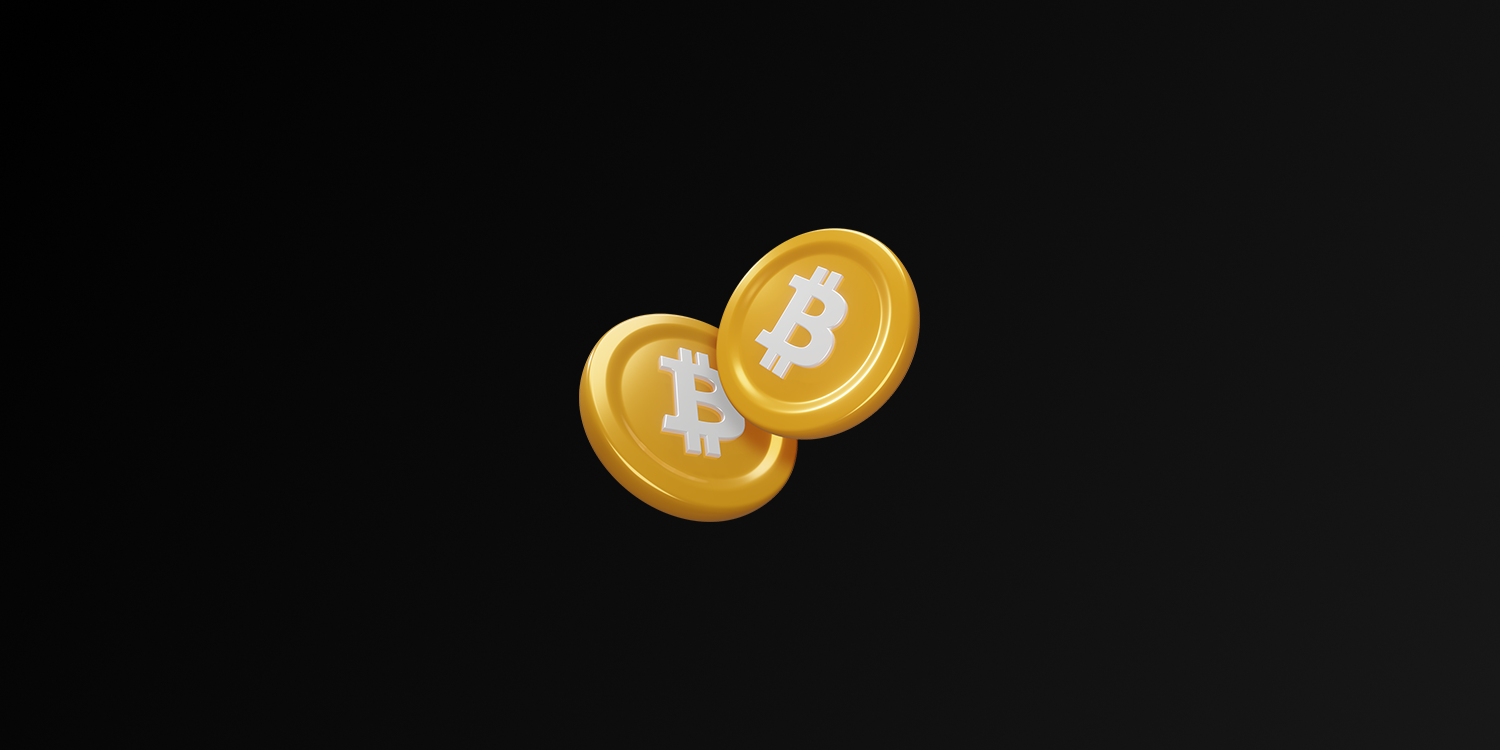Introduction
| Attribute | Details |
| Founder | Satoshi Nakamoto |
| Year Established | 2009 |
| Category | DeFi |
| Description | Bitcoin is a decentralized digital currency, and the first cryptocurrency based on blockchain technology. It was developed by Satoshi Nakamoto and uses a proof-of-work mechanism to ensure security and low transaction fees. |
Bitcoin is a decentralized digital currency and payment system. It was introduced on October 31, 2008, through a white paper published by an individual or group under the pseudonym “Satoshi Nakamoto.” Bitcoin is the first cryptocurrency to operate over a peer-to-peer (P2P) network without the need for any central authority or financial institution.
The primary aim of Bitcoin is to enable secure online payments to be transferred directly from one party to another without the intervention of intermediaries. This process is facilitated through a technology known as blockchain. The blockchain is a distributed ledger that records all Bitcoin transactions, with copies of this ledger being maintained and updated by nodes worldwide.
One of Bitcoin’s significant features is its lack of a central control point. This allows users to perform transactions and manage their assets directly over the network. Bitcoin transactions are secured using cryptographic techniques and are permanently recorded on the blockchain.
The supply of Bitcoin is capped at 21 million coins, as predetermined by Satoshi Nakamoto. This limited supply supports the potential for Bitcoin’s value to increase over time, making it an attractive investment asset.
Bitcoin’s applications extend across various sectors, including investment vehicles, payments, donations, and various online services. The technology and advantages provided by Bitcoin have the potential to reshape financial systems.
How Does Bitcoin Works?
Bitcoin relies on peer-to-peer software and cryptography. All Bitcoin transactions are recorded on a public ledger known as the blockchain, with copies of this ledger stored on nodes (servers) worldwide. Each transaction is broadcast across the network and shared among nodes. Every ten minutes, miners collect transactions and add them to the blockchain. Bitcoins are stored in digital wallets, and a private key is used to carry out transactions.
Technological Structure of Bitcoin
Bitcoin has a complex technological infrastructure that goes beyond digital currencies. This structure relies on various technologies to ensure Bitcoin’s operation and security. Here are the main components of Bitcoin’s technological structure:
- Blockchain
The blockchain, Bitcoin’s core technology, is a public ledger where all Bitcoin transactions are recorded and continuously updated. The blockchain consists of linked blocks. Each block contains a set of transactions and carries the cryptographic hash of the previous block. This structure ensures that blocks are sequential and immutable. The blockchain is a ledger shared and copied by all nodes in the Bitcoin network.
- Peer-to-Peer Network Bitcoin operates on a peer-to-peer (P2P) network without reliance on a central server or authority. This network comprises numerous independent nodes worldwide. Each node validates transactions and maintains a copy of the blockchain. The peer-to-peer structure ensures the decentralization and security of the network, as each node plays a role in protecting and verifying the network.
- Cryptography Bitcoin uses advanced cryptographic techniques to ensure security:
Hash Functions
Bitcoin uses cryptographic hash functions like SHA-256 (Secure Hash Algorithm 256-bit). These functions convert data into fixed-length and unique hashes, which ensures data immutability and integrity.
Digital Signatures
Each Bitcoin transaction is signed with a private key. These signatures confirm the authenticity of the transaction’s origin and that its content has not been altered.
Asymmetric Encryption
Bitcoin wallets use pairs of private and public keys. The private key grants access to Bitcoins, while the public key is used as the recipient’s address.
- Mining and Consensus Mechanism
Bitcoin mining is the process used to add new blocks and ensure the network’s security. Miners solve complex cryptographic puzzles to validate transactions and create new blocks. This process is conducted using a consensus mechanism called Proof of Work (PoW). Miners must solve challenging mathematical problems to add a new block to the blockchain. The first miner to solve the puzzle is rewarded with Bitcoin.
To limit Bitcoin’s supply, a “halving” event occurs approximately every 210,000 blocks, reducing the block reward by half. The halving events are:
- First Halving: Reduced from 50 BTC to 25 BTC (2012).
- Second Halving: Reduced from 25 BTC to 12.5 BTC (2016).
- Third Halving: Reduced from 12.5 BTC to 6.25 BTC (2020).
- Fourth Halving: Reduced from 6.25 BTC to 3.125 BTC (2024).
This process will continue every 210,000 blocks until the total supply of Bitcoin reaches 21 million BTC, with the last block reward expected to be issued in 2140.
- Distributed LedgerBitcoin’s distributed ledger eliminates the need for a centralized record-keeping system by broadcasting transactions across the entire network. Each node keeps and updates a full copy of the blockchain. This distributed structure enhances the network’s security and makes data loss or theft more difficult.
- Smart Contracts and Script LanguageBitcoin uses a simple scripting language to define transaction conditions. These scripts allow Bitcoins to be spent under certain conditions. However, Bitcoin’s scripting language is limited compared to the more advanced smart contract capabilities found on platforms like Ethereum.
Where is Bitcoin Used?
Bitcoin’s applications span a wide range of sectors and are increasingly adopted across various industries. Here are some areas where Bitcoin is used:
As an Investment Asset
Bitcoin is widely regarded as an investment asset. Many investors use Bitcoin to diversify their portfolios. The limited supply of Bitcoin and its potential for value appreciation make it a valuable investment asset. Bitcoin can be bought and sold on cryptocurrency exchanges and traded through various financial instruments.
Payments and Purchases
Bitcoin can be used for making purchases. Many online stores, restaurants, and service providers accept Bitcoin as payment. Its low transaction fees and fast transaction times make it an attractive option for international payments.
International Money Transfers
Bitcoin can be used for international money transfers. It offers faster and lower-cost transfer options compared to traditional banking systems. It is particularly suitable for individuals who lack access to banking services or wish to avoid high transfer fees.
Cryptocurrency Exchanges and Financial Instruments
Bitcoin is a fundamental asset traded on cryptocurrency exchanges. Additionally, various financial instruments (futures, options, ETFs) and investment products based on Bitcoin have been developed. Cryptocurrency investors can use Bitcoin in various financial strategies.
Conclusion
Bitcoin revolutionizes the financial landscape with its decentralized, secure, and efficient transaction capabilities. Its innovative technology—blockchain and cryptography—ensures transparency and security, while the limited supply enhances its potential for value appreciation. As Bitcoin gains traction across sectors such as investment, payments, and international money transfers, it shapes the future of finance. Its adaptability and growing acceptance position Bitcoin as a transformative force in traditional financial systems, establishing it as



